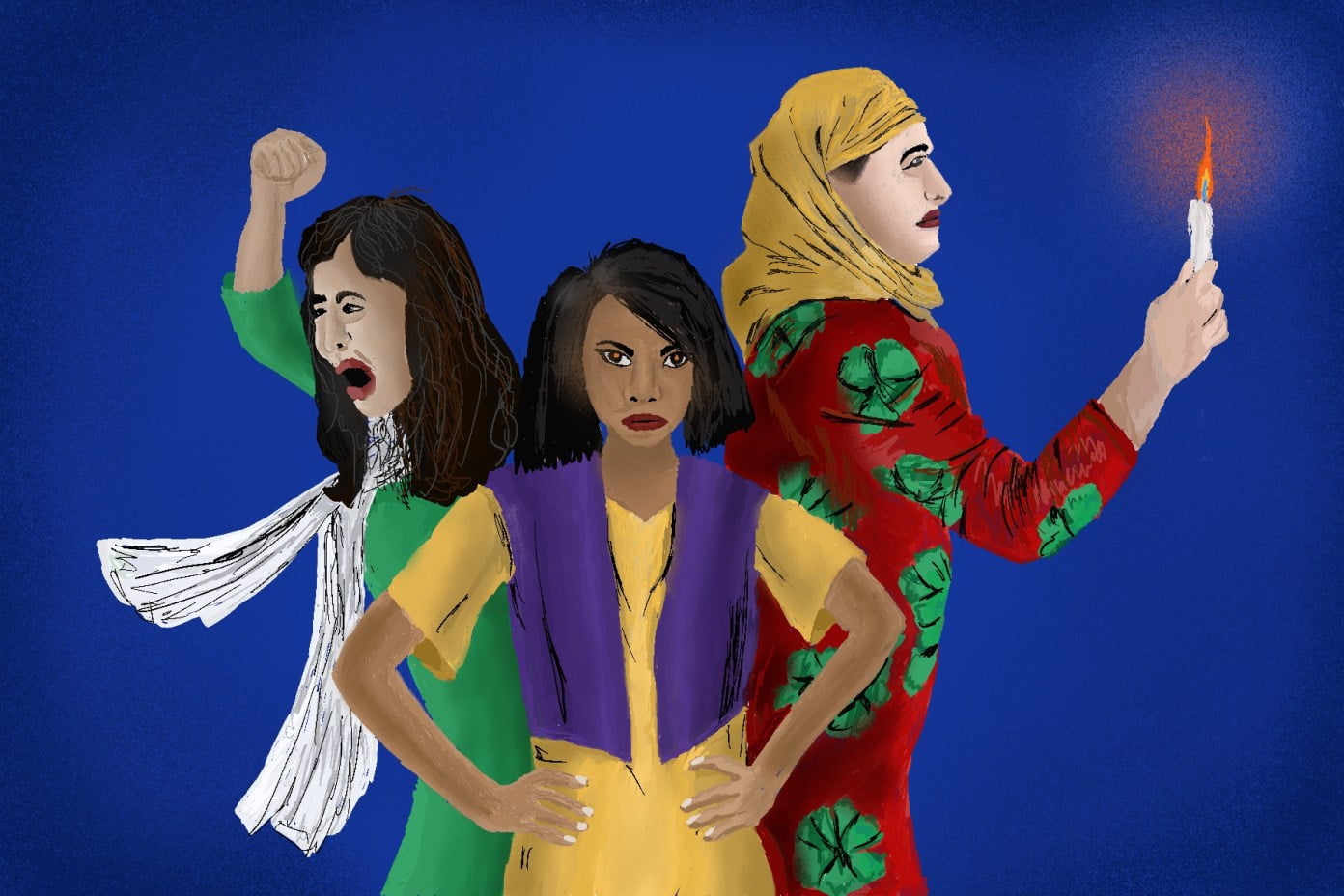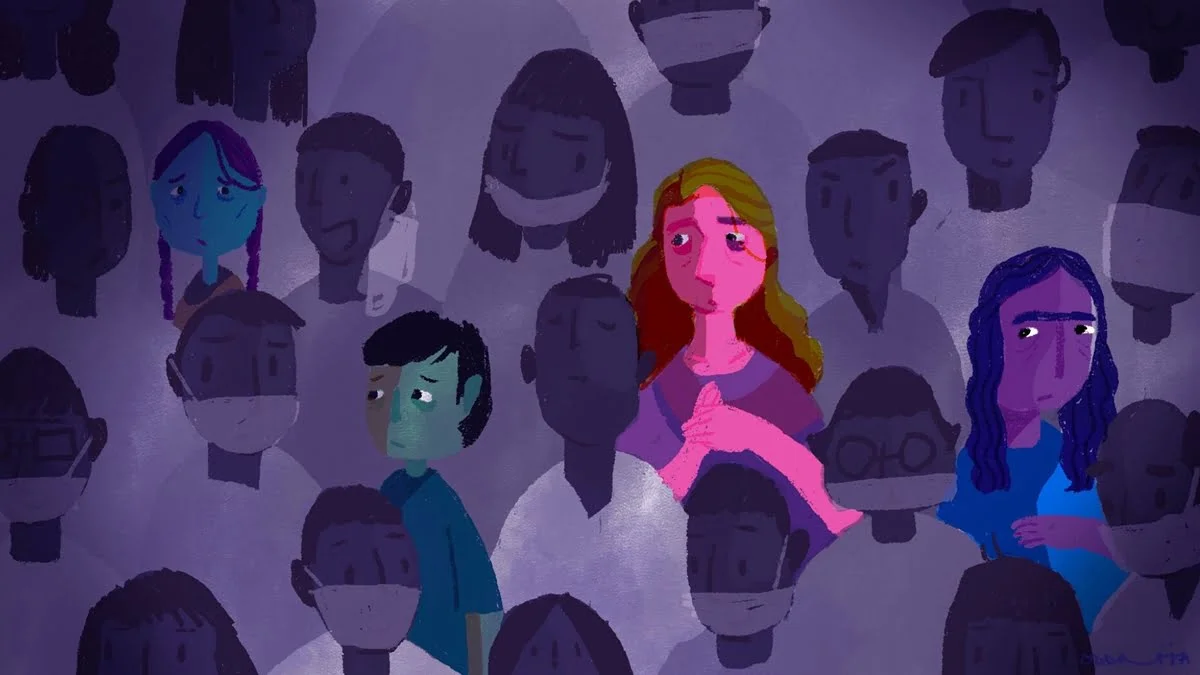The Protection of Women From Domestic Violence Act, 2005 was the first act brought into force in India that provided a definition of ‘domestic violence‘. The act, however, wasn’t primarily about physical violence and included other forms of abuse such as emotional and verbal. An example of the same can be a demand for dowry and even threats of abuse.
Additionally, the act encompassed different domestic relationships instead of solely focusing on husband-wife relations. These involved blood relations, those formed through adoption and other linkages by means of marriage.
Other sets of relations that fell within its ambit were those that shared the nature of marital relationships but were not legally recognised—a common example of that being live-in relations. Thus, the definition of the ‘aggrieved person‘ under the act was broad and covered “any woman who is, or has been, in a domestic relationship with the respondent and who alleges to have been subjected to domestic violence by the respondent.” This made it the first act to provide legal recognition and protection to relationships that weren’t just limited to marriage.
Also Read: Men Drink And Hit Women: Why Alcohol Is Not Just A Lifestyle Choice For Millions
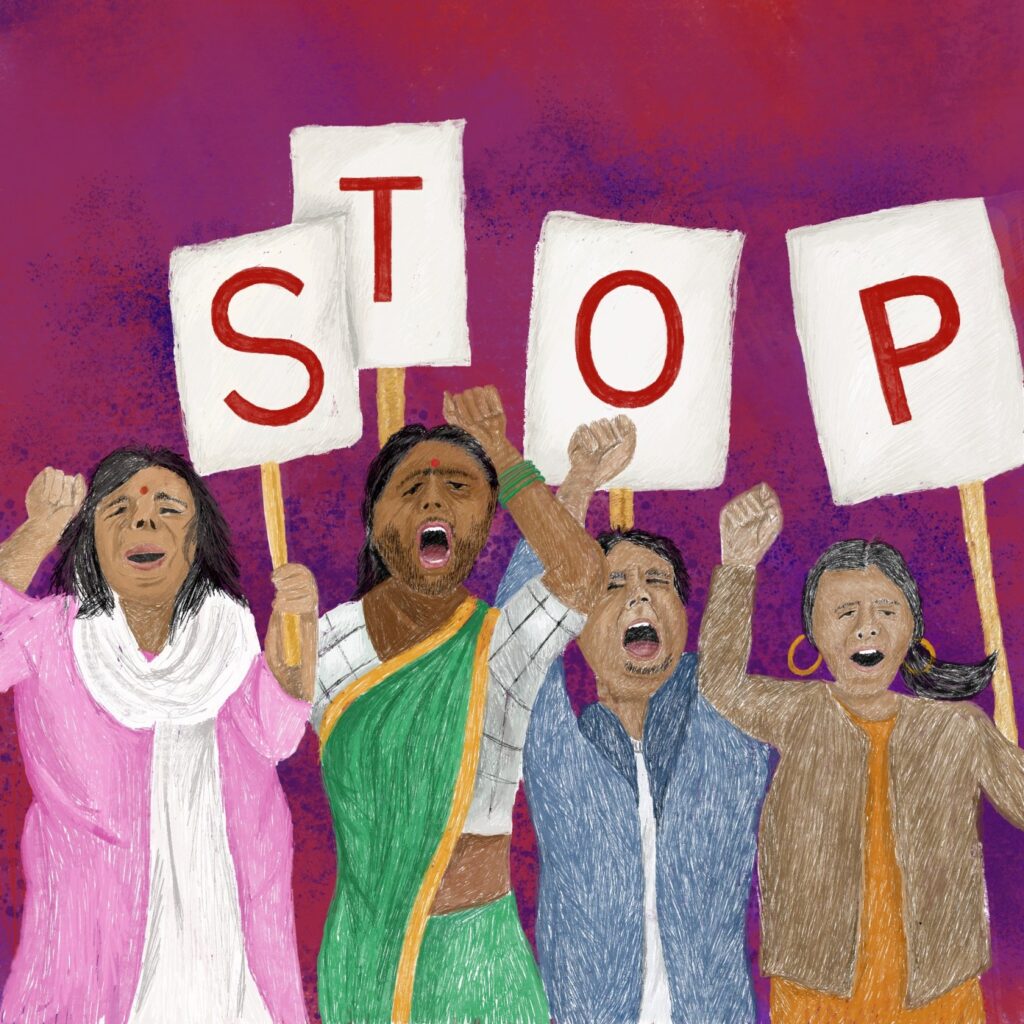
In spite of the extensive scope of the act, there have been innumerable discrepancies between its actual intention and its ultimate implementation. This issue has been thoroughly analysed and discussed by Indian lawyer and legal scholar, Shalu Nigam in her writings centred around the act. She argues that patriarchy is so deeply entrenched in Indian society that it is difficult for Indian women to seek legal help and support when they face violence. Nigam, in one of her papers, states:
“A vast difference exists between the way women are dealing with the realities of domestic abuse, the way the laws exist on paper, and the top-down approach taken by the courts while implementing the laws. An ‘insecurity’ prevails in the male-controlled society that is fearful of women who are demanding violence-free homes, see marriage as a partnership and expect men to be companions rather than the masters or the lords.”
Nigam’s thoughts point towards the gender inequality within Indian society that creates an ‘insecurity‘ directed towards Indian women refusing to bow down to patriarchal structures. This causes the patriarchs to oppress them even more as they are unwilling to give up on their power.
The aforementioned point was also highlighted by the High Court of Gujarat in 2018 in their judgement for the Bhartiben Bipinbhai Tamboli v. State of Gujarat and Ors. case. The judgement stated:
“A woman resigns her fate to the never-ending cycle of enduring violence and discrimination as a daughter, a sister, a wife, a mother, a partner, a single woman in her lifetime. This non-retaliation by women coupled with the absence of laws addressing women’s issues, ignorance of the existing laws enacted for women and societal attitudes make the women vulnerable.”
As can be understood from these lines explained in the judgement, the vulnerability of Indian women and their incapability to take action when they face violence is directly linked to the societal attitudes that stop them from doing the same.

In another paper focusing on the increase in domestic violence cases during the COVID-19 lockdown, Nigam writes that the list of schemes created by the Indian government to deal with the pandemic did not mention the concerns of the poor or middle-class women. Thus, there were no measures taken by the state to deal with cases of abuse. She further points out that:
“…both poor and middle-class women are suffering in different ways, the former are being denied and deprived of their basic rights and the latter are being locked down in home with the abusers without any support services being made available to them.”
Due to the inadequate steps taken by the government to uphold the very essence of the act, it was all the more difficult for it to be implemented properly during the lockdown. This eventually led to a rise in the cases of domestic violence with poor and middle-class women not being able to report their abuse either.
Nigam has also emphasised there is an absence of “practical remedies” and “immediate relief” for survivors and victims of domestic violence. According to her, the act might focus on the aspect of legal justice for Indian women, but it somehow fails to provide them with psychological support in the form of trauma counselling and material assistance through the allocation of clothes and cash. This solely deters the victims from moving forward with legal action and leads them to internalise violence, instead.
Also Read: Public Assault Of Woman In Rajasthan: The Normalisation Of Violence On Rural Women
While Nigam’s concerns with respect to the act have primarily been about the social structures within Indian society that come in the way of its implementation, there are many others to have criticised the act. This is due to it being bent in favour of the aggrieved party who, in this case, is the Indian woman claiming to have been the victim of domestic violence.
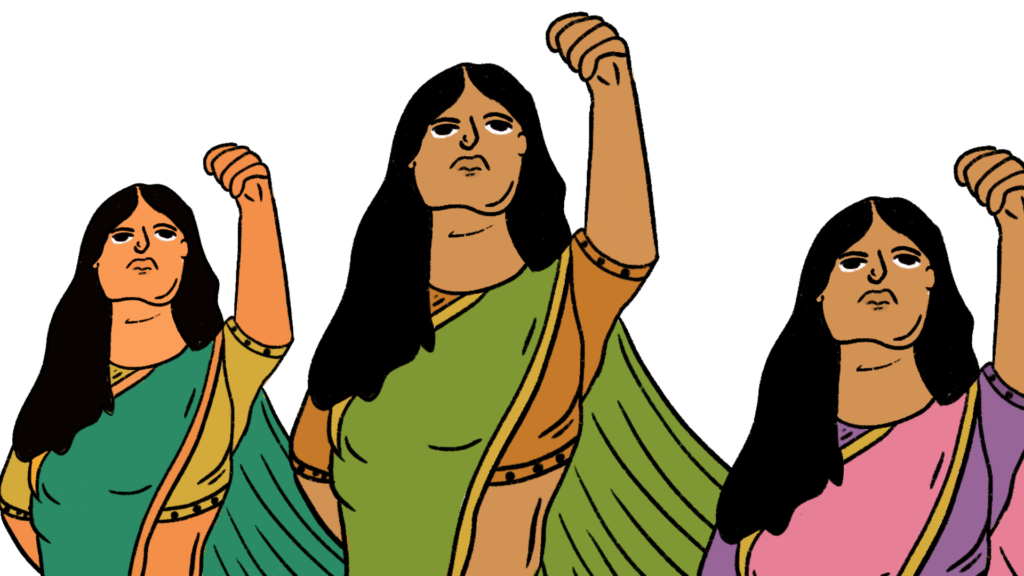
This particular claim was countered by the Indian Minister for Women and Child Development, Renuka Chowdhury in 2006 when she explained that equal laws might be ideal in the country, but evidence still suggests that it is women who usually face violence at the hands. Chowdhury’s generalisation was, however, not accepted by a lot of men’s organisations in the country such as Save Indian Family Foundation who continued to believe that acts like these would ultimately be misused by women.
Continuing from the previous point, there have been numerous arguments both for and against The Protection of Women from Domestic Violence Act, (PWDVA, DV Act), 2005. There are also a significant number of Indian women who continue to be unaware of their rights. However, there are still quite a few who have been able to register complaints under the act.
Also Read: Probing Into The Domestic Violence Problem In Rural India
One such case had taken place in 2013 when a woman lodged a complaint against her husband after the latter had allegedly asked her to leave their matrimonial home. The Bombay High Court stated that both of them claimed to have faced domestic violence at the hands of the other with the husband filing for a divorce and the wife filing for maintenance “within days”. After the magistrate rejected the woman’s plea, she filed an appeal before the sessions court in 2018 and was further granted maintenance in 2021. The man, as a response, challenged the Session Court’s decision by filing a petition with the High Court. However, the High Court, unwilling to interfere with the order given by the Sessions Court, dismissed the petition. Thus, the man is currently required to pay a sum of 6,000 rupees to his ex-wife per month.
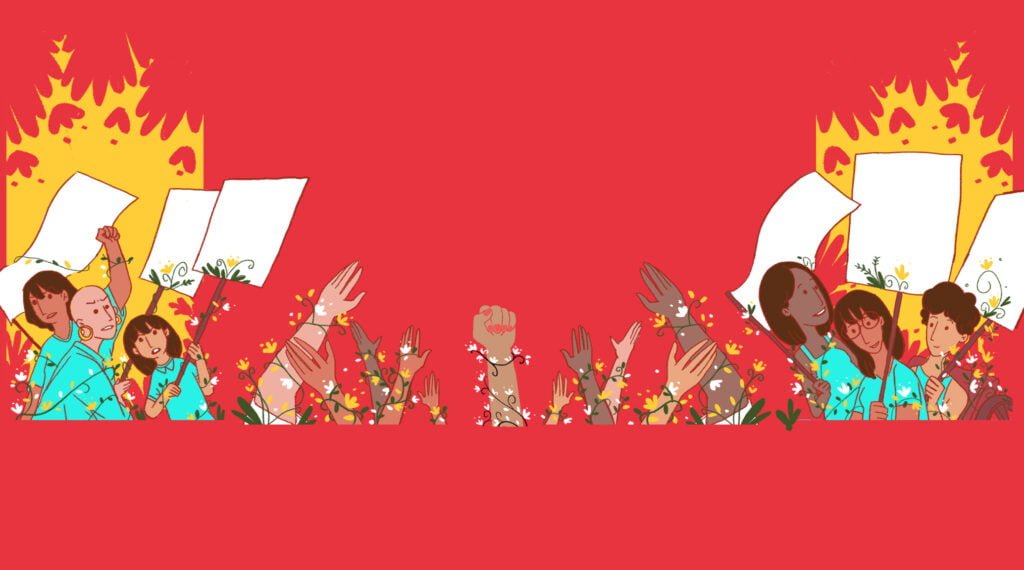
Debates about the misuse of the PWDVA (DV Act), 2005 might be common in metropolitan cities where there is enough awareness about the act, but in the majority of Indian villages, women still don’t know how to escape their households when they face abuse. It is, therefore, important to recognise the genuine requirement for an act like this instead of using its misuse as a way to forward the agendas of men’s organisations.
The act might be slightly bent to favour Indian women over men, but the need for that becomes clear when we acknowledge how many women are, indeed, vulnerable.
About the author(s)
Upasana is a master’s student at SOAS, University of London where she is pursuing a degree in South Asian Area Studies. She is an avid blogger and a film reviewer which means that she is currently struggling to balance her time between Netflix and her grad school commitments. When not reading, writing or binge-watching something, she can be found having deep conversations with her close friends or complete strangers about the most random things under the sun.
